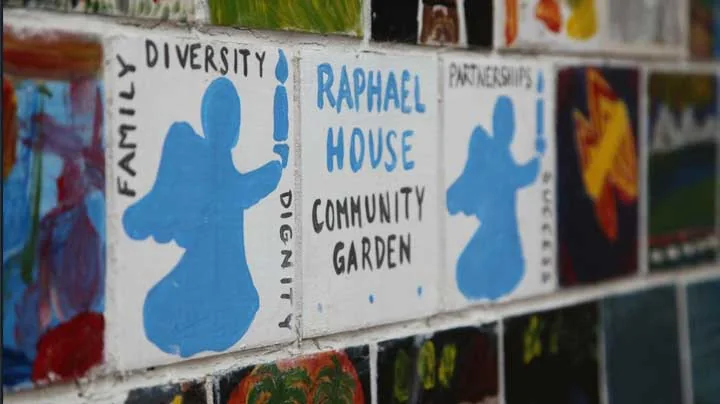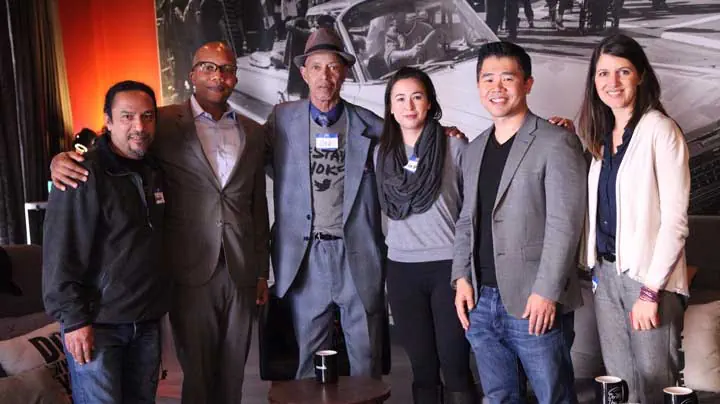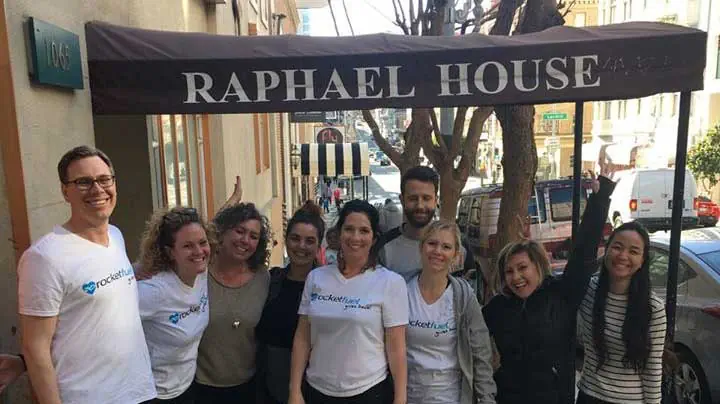
By Priscilla Rodriguez | m/Oppenheim Media Writer
Homelessness can happen to anybody, anywhere, explains Ralph Payton, Executive Director of San Francisco’s first and largest family shelter, Raphael House, established in 1971.

“You miss a paycheck or two and you don’t have a family or friend support system around, and now you’re out of your apartment and looking for a place to stay.”
Payton speaks from over 15 years of experience working with homeless men and women, fathers and mothers, children and families in shelters across Florida and New York prior to San Francisco. It was there that Payton encountered what he called an “eye-opening experience” that “pulled on his heartstrings” and would inspire his life’s mission to help in the battle against homelessness.
“A lot of us on the outside don’t understand the diversity of individuals, and the diversity of experiences that contribute to somebody becoming homeless,” he says, noting that hurdles such as divorces, medical bills, or unemployment can easily lead to precarious situations.
Especially in San Francisco, where the costs associated with living are about 61% higher than the U.S. average, homelessness can be a nearly impossible obstacle to overcome.
But organizations such as Raphael House are helping to offer relief and opportunities for families to not just overcome homelessness, but to move far beyond it.
Over the last 46 years, Raphael House has helped over 20,000 families experiencing or at risk of homelessness through its one-year Residential Shelter Program and its Bridge Program, focused on guiding families to achieve financial independence and find stable housing.
One of the ways in which it achieves this is through its “Education to Employment Initiative”, which focuses on career development.
“This is a component that is more than helping families to find just any job. We want them to have permanent self-sufficiency, so we started a living-wage employment initiative,” says Payton.

For a family of four, the cost of living in San Francisco is steep, at approximately $90,000. Therefore, Raphael House connects its families with internships, courses or mentors, to help them discover real career opportunities that go beyond temporary, low-paying jobs which often result in parents having to work two, three or even four minimum wage jobs to afford living in the city.
In addition to paying for costs associated with courses or educational career programs, Raphael House also pays for child care costs, so that parents can purely focus on completing their training programs and landing employment.
“Lots of barriers can present themselves,” says Payton, “And we want to help our families to be able to land one good paying job and spend more time with their families.”
Raphael House also provides children with educational resources, such as tutors and access to extracurricular activities, to ensure that they will have successful futures and a true chance to break the cycle of poverty. Earlier last year, Raphael House announced two of its teens were headed to the prestigious universities of UC Berkeley and Embry-Riddle Aeronautical University in Florida, among several other success stories.
Its success rate overall is highly impressive, at a rate of about 85% of families achieving self-sustainability upon exiting the one-year Residential Program. But even after existing successfully, families can still access Raphael House for advice and resources through its Bridge Program that ensures their continued long-term success.
“We like to say ‘Once a Raphael House Family, always a Raphael House Family.’”

When asked what the toughest obstacle has been for Raphael House, Payton explains that finding homes for families within the city is nearly impossible, and in many cases the organization has to look for spaces beyond the Bay Area.
“About 70 percent of families who came to Raphael House became homeless in San Francisco and we find that we have to place about 70 to 75 percent of them in homes outside of San Francisco.”
Less space, more money — that seems to be San Francisco’s biggest challenge in connecting homeless persons with shelter.
“What I think needs to happen is that we all need to come up with a regional approach to the issue of homelessness – it can’t just be each city, each county looking out for themselves,” says Payton.
“I look forward to San Francisco working with other cities so that we can have a more comprehensive plan on solving this issue of homelessness.”
Learn more about Raphael House and Donate.
